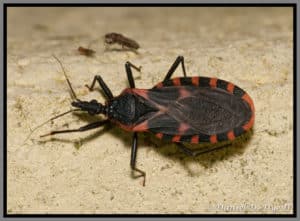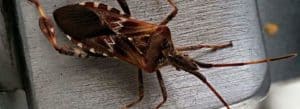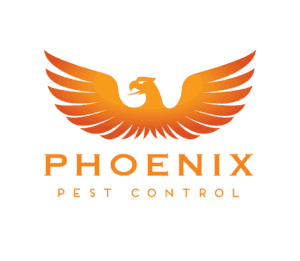Kissing Bugs & Chagas Disease #whatbugsme

Photo by Daniel D.Dye II
Occasionally a call will come into our office concerning kissing bugs but here is probably a better chance at winning the lottery than finding a kissing bug inside of your home. Not to discredit the importance of Chagas Disease; this potentially fatal disease is transmitted through the bite of kissing bugs.
These parasitic insects are vectors.This means that they are carriers of a disease organism that is transmitted to a host (humans) much like a mosquito transmitting West Nile Virus. But in the case of Chagas Disease, the kissing bug transmits a parasite to humans, not a virus.
Kissing bugs are True Bugs of the Order Hemiptera that have piercing-sucking mouthparts. Nearly every True Bug uses their specially adapted mouths to feed on plant juices. Aphids and cicadas are prime examples. A few species have strayed from their genetic disposition as vegetarians. Bed bugs and kissing bugs are two of the few True Bugs that feed on animals, not plants.
Found primarily in South America, kissing bugs are not from around here. These parasites are supposedly problems in villages with mud constructed homes. Occupants of these shelters basically sleep on the ground. When everyone is asleep, the kissing bug will rise up and feed on those who are at rest. They are known to bite the face of their host. And yes, the bites often end up on the hosts’ lips; hence their common name. However, it’s not the bite that seems to be the problem. While feeding they will defecate and that entering the body through the bite wound is how it is transmitted. Here is a link to what the CDC has to say on the matter. https://www.cdc.gov/parasites/chagas/gen_info/vectors/
These pests became newsworthy fairly recently. If I recall correctly, a few travelers came back home to the U.S. with Chagas Disease. What may have been considered to be a few isolated cases; became national headlines. Still to this day, over a year later, people still live in fear of finding a kissing bug in their homes.
While it is important to be aware of potentially harmful diseases, this type of news tends to get blown out of proportion. Pest-related diseases dominate news headlines conveniently when another significant world event goes down. Since no one wants to die of a terrible disease, all the attention goes to that, and not the happenings of the government during that specific time. Granted this is just our opinion, and it is to be taken with a grain of salt.
The Conifer Seed Bug

Photo by Shawn Payne
So the likelihood of finding an overwintering kissing bug in your home is not likely. There is a different “bug” that is becoming more common as an occasional invader. This is the conifer seed bug. It is a big bug that looks rather intimidating though they are plant-feeders. Pines and Douglas-fir seeds are more at risk than you. Similar to stinkbugs, they look for a warm place to overwinter inside our homes. When calls ring into our office during the colder months concerning large parasitic bugs, it is usually just a plain old conifer seed bug. Read more about them HERE
Today’s guest blogger is Shawn Payne of Lakewood Exterminating in Ohio 
 Phoenix Pest Control serves Knox and Blount counties in East Tennessee
Phoenix Pest Control serves Knox and Blount counties in East Tennessee
Call today for your FREE Diagnostic Inspection
(865) 455-8571
